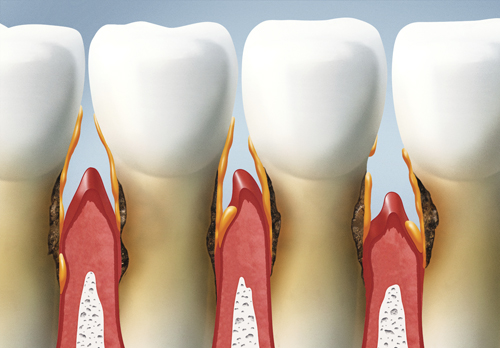Getting your x-rays taken at the dentist is an essential part of their ability to evaluate the way your teeth are situated and move over time. These images tell dentists and hygienists a lot about how to best care for your oral health. X-rays however, use radiation in order to capture these images, and it may cause you to be hesitant about having them taken. That is understandable, so we think it’s important to share a bit more about x-rays so you can feel more at ease the next time your dentist wants to see what’s going on.
What to know
X-rays are generally considered to be a safe, effective means for dentists to understand your unique oral structure and health. Dentists will take four different types of x-rays; bitewing, occlusal, panoramic, and periodical. Each of these focuses on a different aspect of your teeth and bite. The bitewing will show how well your teeth align and may also show cavity development. Occlusal x-rays capture all your teeth in a single image and can help detect abnormalities in the anatomy of your mouth or palate. It can be uncomfortable to have these images taken, as the tab you bite down on isn’t made to contour to your mouth, but the momentary discomfort passes quickly.
Panoramic images let dentists check your wisdom teeth, jaw, and any implants you may have. Panoramic images show the entire tooth from root to crown around the jawline. The execution of this x-ray is different than those mentioned above. Your dentist will have you stand and help fix your head into position for the x-ray to rotate around your jawline to produce the image.
Purpose
The purpose of a radiograph, or x-ray, is to analyze oral health. They capture what is happening on the interior of your teeth and gums. Images allow dentists and orthodontists to evaluate positioning, decay, and impact of the teeth. They are also used to track the progression of growing teeth in children and the progress of any treatment you may undergo. Whenever you enter a new practice without existing or current imagery your dentist will take them for your file with their practice.
Safety
While there is no official preparation to receive an x-ray, there are measures dentists take to ensure your safety and theirs. Whoever takes your x-rays will outfit you with a lead vest to protect your internal organs and other essential body parts from radiation exposure. It effectively blocks the radiation from your person without hindering the ability to produce an image.
You need an initial, and ongoing x-rays throughout your life to ensure the overall well-being of your teeth and jaw are properly monitored and maintained. Your teeth naturally shift over time, so while x-rays may induce anxiety or be uncomfortable, they are harmless and should be considered an essential part of your oral care.
If you would like more information on teeth whitening, call Dr. Herd in Rancho Santa Margarita, CA at 949-858-5147 or visit www.gregherddds.com.
Dr. Greg J. Herd proudly serves Rancho Santa Margarita and all surrounding areas.


